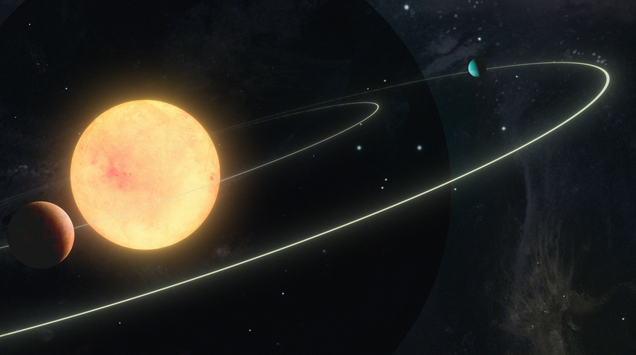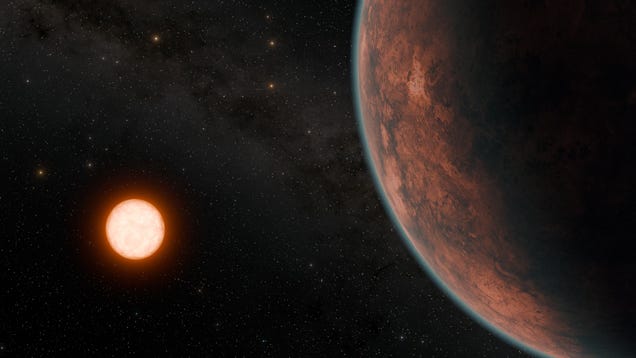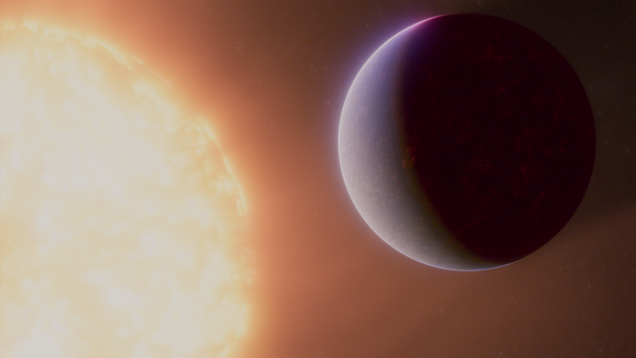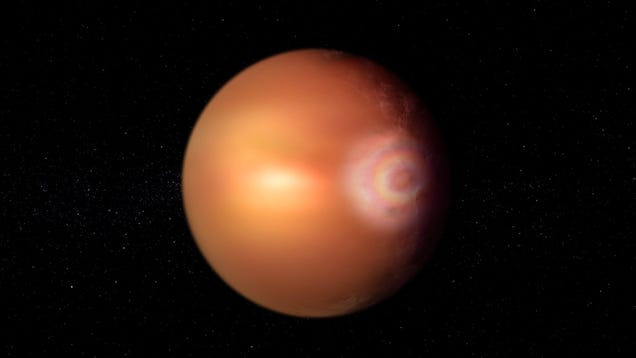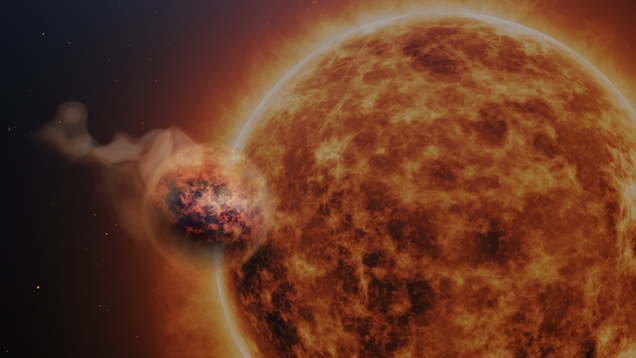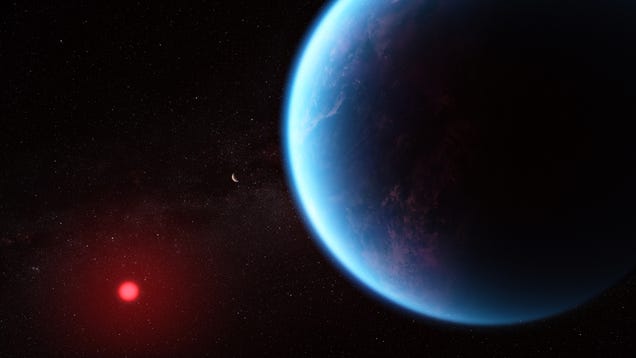
In his search for giant stars hosting large worlds, Samuel Grunblatt, an astrophysicist at Johns Hopkins University, came across a strangely puffy planet that’s smaller, hotter, and older than it’s supposed to be. “We didn’t expect to find any planet that looks like this,” he told Gizmodo.

